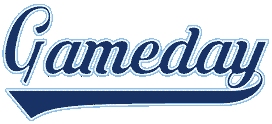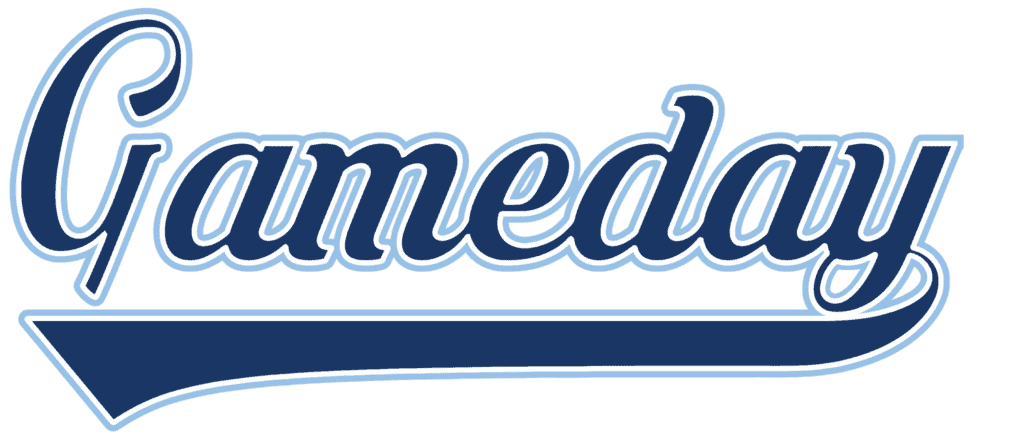As a catcher, you are responsible for not only catching pitches, but also for calling pitches, blocking balls in the dirt, and working with the pitcher to control the game. Here are some tips and drills to help you become a better baseball catcher:
-
Proper stance and positioning: A proper stance is the foundation of good catching. Make sure your feet are shoulder-width apart and that you are crouched down low enough to be able to move quickly in any direction. Keep your weight on the balls of your feet, and make sure your knees are bent and your back is straight.
-
Blocking balls in the dirt: Blocking balls in the dirt is a critical skill for any catcher. Use the “butterfly” technique, where you spread your legs and drop to your knees to create a larger target for the pitcher.
-
Receiving the pitch: A good receiver is essential for any catcher. Make sure your glove is open and your fingers are spread wide. Keep your glove close to your body and be ready to move it quickly to catch the ball.
-
Throwing mechanics: A good throw is essential for catching. Make sure your throwing mechanics are solid and that you are using the proper grip for your throws. Practice your throwing motion, making sure that your throw is accurate and reaches the target quickly.
-
Communication with the pitcher: A catcher’s role is to be the leader of the defense. Communicate effectively with the pitcher, calling pitches and working with them to control the game.
-
Work on your physical conditioning: Catchers need to be in good physical shape to be able to handle the demands of the position. Conditioning drills that focus on leg and core strength, flexibility, and endurance will help you improve your overall performance.
-
Study the opposing team: It’s important to know the opposing team’s hitters and their tendencies, this can help you call better pitches and position yourself better to receive the ball.
-
Mental preparation: Being a catcher requires a lot of mental preparation, catching can be a mentally demanding position, so make sure you’re mentally ready for the game, work on visualization and focus techniques to help you stay in the game mentally.
Here are some drills we work on with our catchers at Gameday:
-
Pop-up drill: This drill helps catchers practice catching pop-ups and calling for the ball. Have a coach or teammate hit pop-ups to different parts of the field, and have the catcher call for the ball and make the catch.
-
Blocking drill: This drill helps catchers practice blocking balls in the dirt. Have a coach or teammate throw balls in the dirt, and have the catcher use the “butterfly” technique to block the balls.
-
Throwing drill: This drill helps catchers practice their throwing mechanics. Have a coach or teammate stand at a base, and have the catcher throw to them, focusing on accuracy and speed.
-
Footwork drill: This drill helps catchers practice their footwork. Have a coach or teammate hit ground balls to different parts of the field, and have the catcher field the ball and make the throw to the appropriate base.
-
Pitch calling drill: This drill helps catchers practice pitch calling. Have a coach or teammate throw different pitches, and have the catcher call for the pitch and make the catch.
-
Framing drill: This drill helps catchers practice receiving pitches and framing them for strikes. Have a coach or teammate throw pitches, and have the catcher receive the pitch and present it to the umpire in a way that makes it look like a strike.
In addition, we pay special focus on agility and here are some drills we work on to improve catchers agility:
-
Cone drill: This drill involves setting up cones in a line, with the first cone 5 feet away from the second cone, and the second cone 3 feet away from the third cone. The catcher starts at the first cone and quickly shuffles to the second cone, then shuffles to the third cone, and then shuffles back to the first cone. This drill can help improve the footwork and quickness of the catcher.
-
Ladder drill: This drill involves running through a ladder placed on the ground, using quick feet and agility to navigate through the rungs. This drill can help improve the footwork and quickness of the catcher.
-
Jump rope drill: This drill involves jumping rope, using quick feet and agility to jump over the rope. This drill can help improve the footwork and quickness of the catcher.
-
Reaction drill: This drill involves having a coach or teammate throw balls at different speeds and locations and having the catcher react quickly to catch the ball. This drill can help improve the reaction time of the catcher.
-
Agility run: This drill is performed by running a specific course that includes multiple turns, stops, and changes of direction. This drill can help improve the footwork and quickness of the catcher.
-
Medicine ball drill: This drill involves performing exercises such as medicine ball rotations, throws and slams to work on the core strength, balance, and power.
Last, but certainly not least is POP time. WE PRACTICE THIS. A catcher’s POP time refers to the amount of time it takes for a catcher to receive a pitch, stand up and make a throw to second base. It is a measure of a catcher’s overall quickness and arm strength, and is considered an important metric for evaluating a catcher’s defensive skills.
The ideal POP time for a catcher varies depending on the age level of the player. For example, at the youth and high school level, a POP time of around 2.0 seconds is considered good, while at the college and professional level, a POP time of around 1.8 seconds is considered good.
Here are the best times per age level, as a general rule of thumb:
-
Youth level (8-12 years old): 2.2-2.5 seconds
-
Junior high school level (13-14 years old): 2.0-2.2 seconds
-
High school level (15-18 years old): 1.9-2.1 seconds
-
College level (18-22 years old): 1.8-2.0 seconds
-
Professional level (22+ years old): 1.7-1.9 seconds
It’s important to note that at the youth level, the emphasis should be on learning the proper mechanics and techniques, and not solely on achieving a specific POP time. As players progress and develop their skills, they will naturally improve their POP time.
Does your coach or baseball program focus on the catching position? Get in contact with us for more information or to schedule an individual catching lesson for your player: info@road2gameday.com


